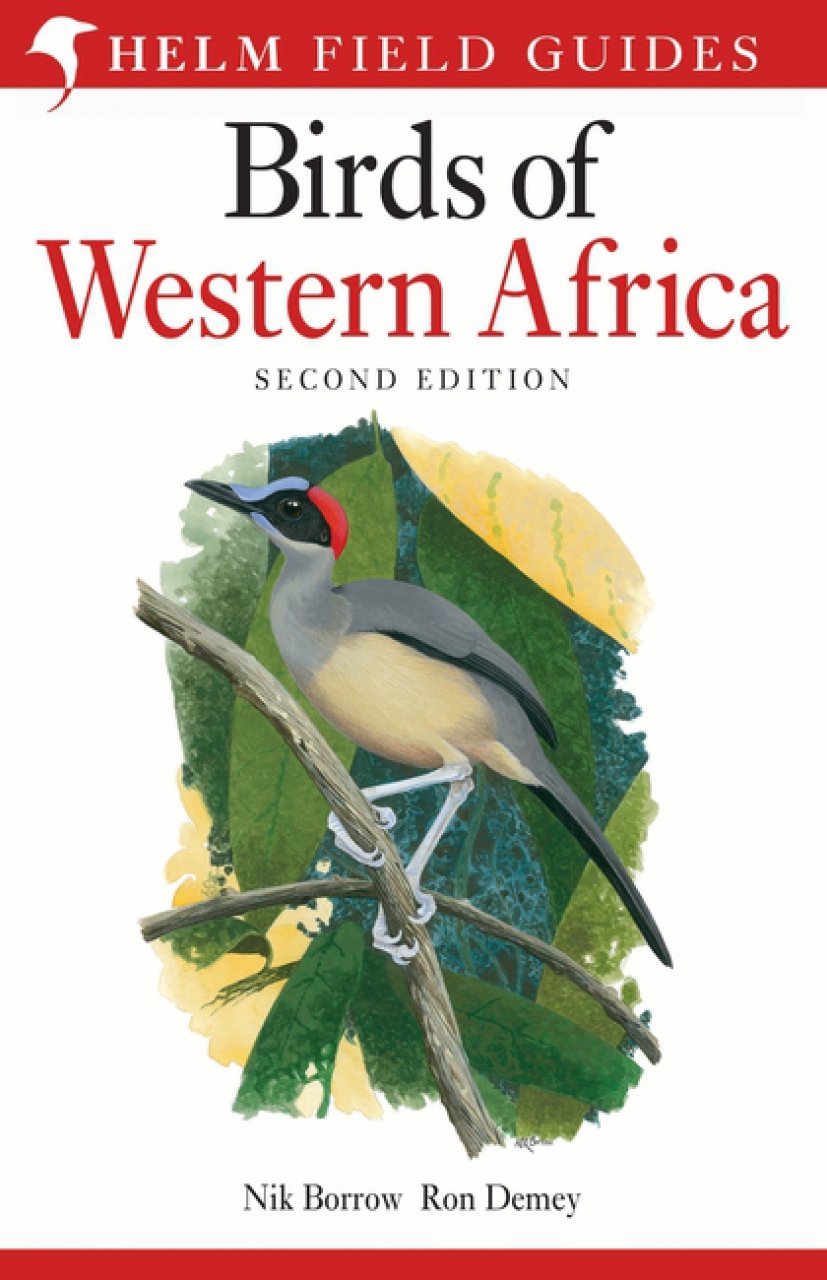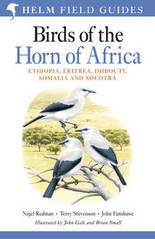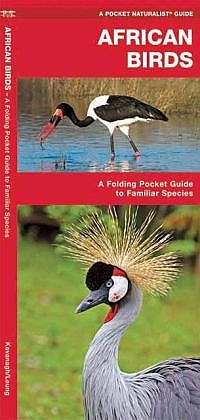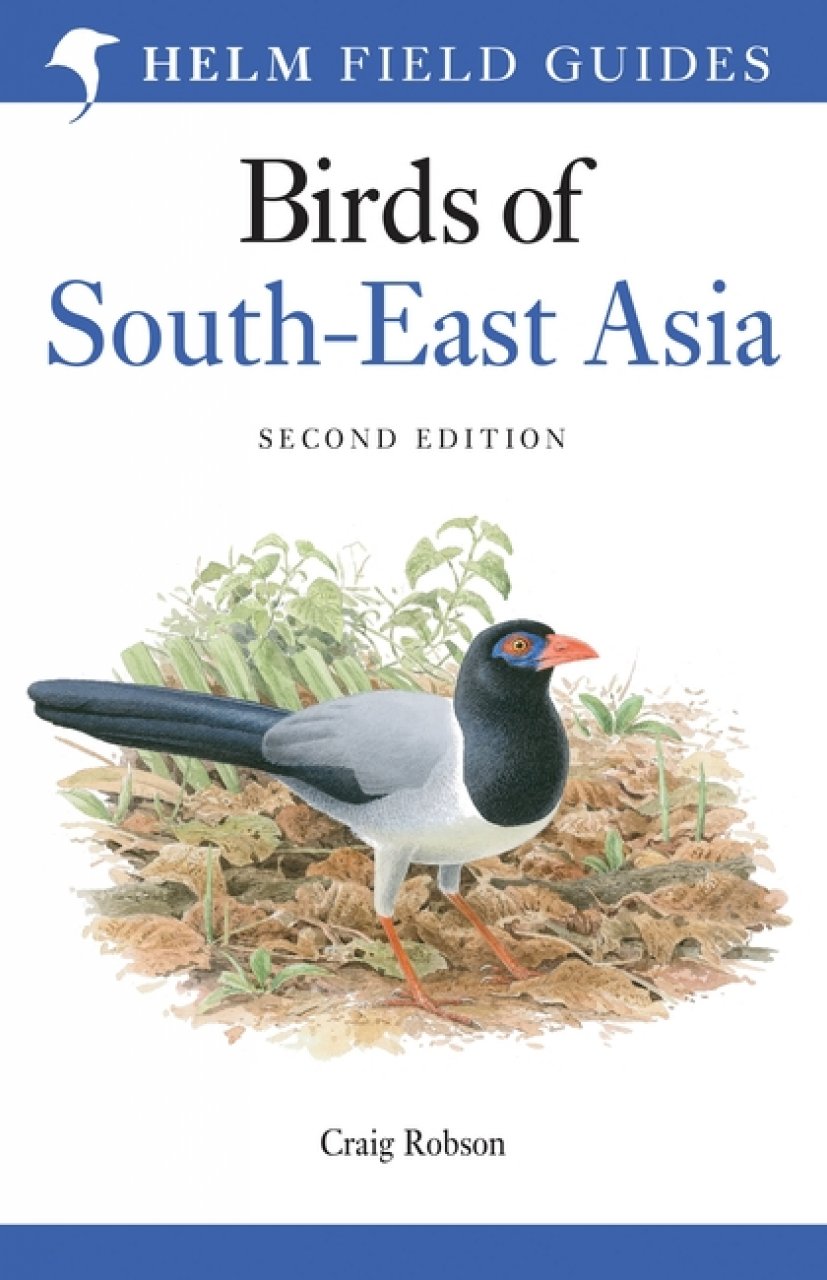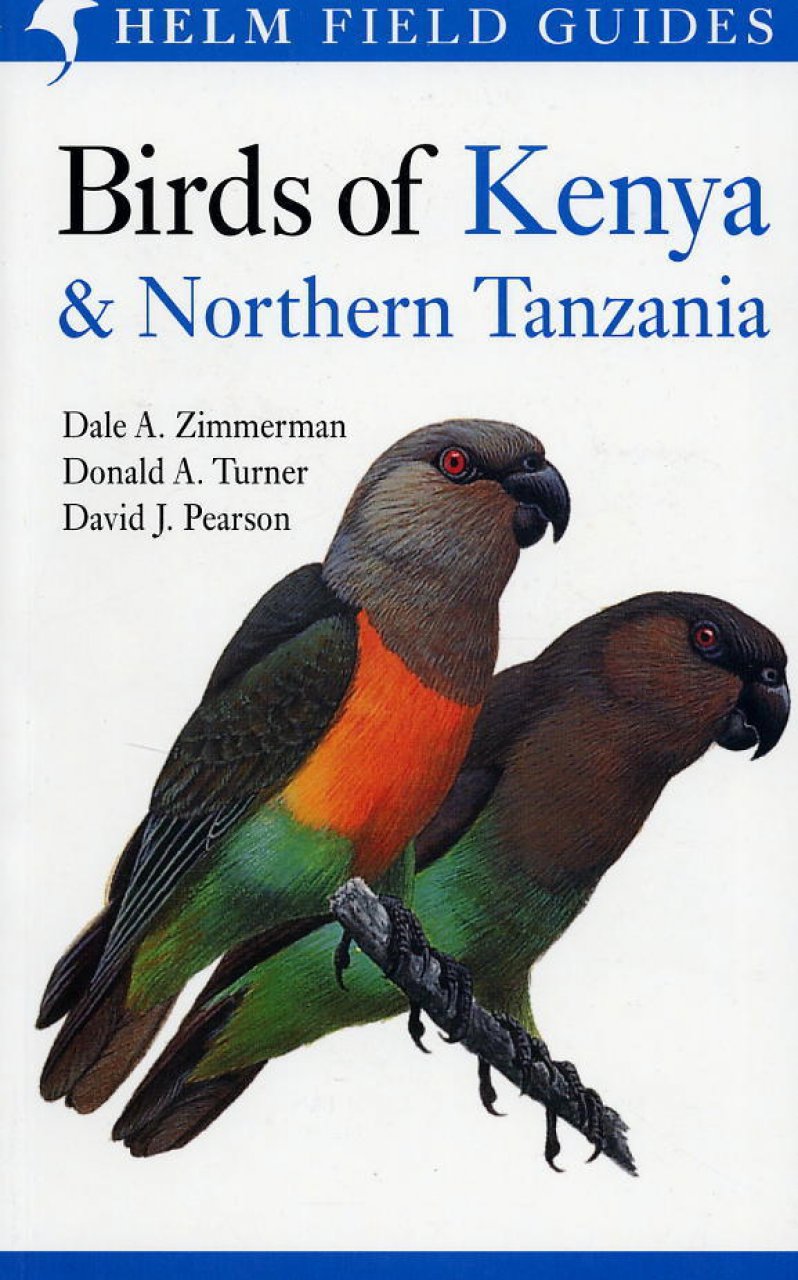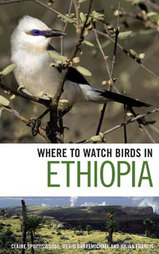This spectacular new edition of the best-selling Helm field guide of all time covers all resident, migrant and vagrant species found in Kenya, Tanzania, Uganda, Rwanda and Burundi. All ,1448 species recorded in the region are illustrated with full details of all the plumages and major races likely to be encountered. Concise text describes the identification, racial variation, status, range, habitat, and voice, with fully updated range maps for each species.
This second edition covers 1,448 species, which represents around 70% of the birds that have been recorded in sub-Saharan Africa. Recent taxonomic changes include the creation of three new families: Modulatricidae, Nicatoridae, and Hyliotidae. In the first edition, the taxonomy and nomenclature were largely based on the East African list that was published in 1980 (Britton, P. L. 1980, Birds of East Africa, East Africa Natural History Society). Since the growth in birding and citizen science worldwide has seen the emergence of four major global lists: the IOC World Bird List, the Howard and Moore Complete Checklist of the Birds of the World, the eBird/Clemenh Checklist of Birds of the World (in collaboration with Cornell University), and the HBW (Handbook of the Birds of the World) and BirdLife International Illustrated Checklist. All of these lists are compared online by the comprehensive and regularly updated resource, Avibase. While taking close account of the first edition and the three other global lists, the authors have chosen to base the majority of this revised Birds of East Africa on the HBW/BirdLife taxonomy and nomenclature. Throughout, they have provided alternative common names, as well as explaining any scientific name in notes.
For the maps in this edition, the authors have moved from single-colour interpretations of range, to the widely used colour codes of green, yellow and blue, to provide more detailed information on the distributions of resident and migrant birds In addition, the base map outlines now include major rivers and highland areas above 2,000 m are shaded in grey.














